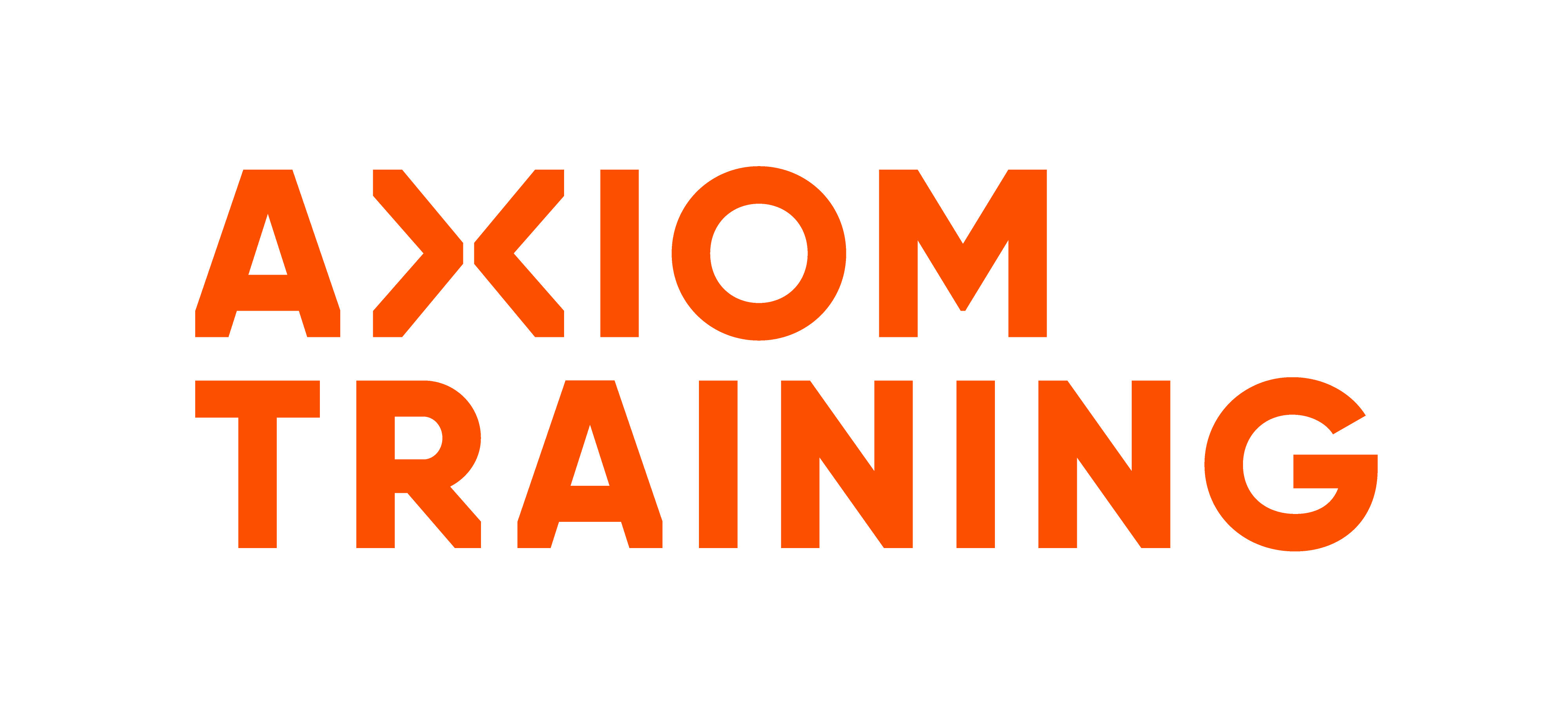White Paper: A deplorable lack of regard for safety
A deplorable lack of regard for safety
- The importance of Hazard and Risk Management
Abstract: This white paper discusses the consequences of failing to learn from workplace incidents and the importance of hazard and risk management in creating a safe and productive workplace. A case study of a bakery business in New Zealand is presented, where two incidents occurred within six months, resulting in disfigured hands of workers. The lack of a machine guard, no inspections or maintenance, and no safe operating procedure led to these injuries, which could have been avoided with
proper training and health and safety procedures in place.
The paper emphasizes the need for organizations to understand their legal obligations, identify hazards, assess risks, and implement checks and measures to monitor safety practices continually.
Case Study: The failure to properly safeguard machinery and implement safety systems by a bakery business in New Zealand resulted in two incidents where workers suffered disfigured hands. n January 2021, a worker had four fingers severed while using a seed grinding machine without any prior experience or training on its operation. The victim underwent seven surgeries on her hand and remains on leave.
Despite the first incident, six months later, another worker had her fingertip sliced off while using a dough dividing machine, the fingertip could not be reattached and her treatment is ongoing. Despite the gravity of the initial incident the company did not learn from their mistakes and failed to take the necessary precautions to prevent a recurrence, with their team member yet again paying the price. This case study highlights the severe
consequences of neglecting proper safety protocols and the importance of learning from previous incidents.
Importance of Hazard and Risk Management: Hazard and risk management is critical in creating a safe and productive work environment. Organizations need to understand their legal obligations, identify hazards, assess risks, and implement checks and measures to monitor safety practices continually.
The following steps are essential to effective hazard and risk management:
1. Gain an understanding of the responsibilities for managing risk and workers rights under the Health and Safety at Work Act 2015
2. Develop and implement robust systems that documents the hazards, associated risks, and controls this can include hazard registers, job safety analysis, permit to work systems and be complimented with safe operating procedures.
3. Implement the controls to mitigate the risks, ensuring the controls are monitored for their effectiveness and the information is communicated throughout the workplace.
4. Train staff so they are familiar how to perform the task safely and understand the importance of following procedures and stopping work if it becomes unsafe.
5. Continuously review workplace safety systems to ensure they remain relevant and capture changes in an ever-evolving workplace environment such as new hazards or a change in controls.
6. Get a second opinion, this can be done by engaging professionals such as advisors to review your systems and workplace helping to gain an outside perspective.
Training in Hazard and Risk Management: Hazard and risk management training is readily available at training centers nationwide and online. Supervisors and team members need to participate in this training to understand the importance of hazard and risk management, have processes, checks and measures in place, and know what to look out for and report on when incidents occur. Simple steps like reporting a missing machinery guard and locking out the item from use until repair would be front of mind for those that have completed hazard and risk management training. These steps along with a heightened sense of safety for those around them could have prevented incidents like this occurring in the first place.
Conclusion: Workplace safety is critical to the well-being of employees and the productivity of organisations. The failure to learn from a hard lesson results in avoidable workplace incidents, leading to severe injuries or fatalities. Organizations need to understand their legal obligations, identify hazards, assess risks, and implement checks and measures to monitor safety practices continually. Health and Safety at Work and Hazard and Risk Management training is readily available and should be part of every
organisations operational strategy.
By reporting hazards before incidents occur, organizations can reduce the risk of injury and fines up to 1.5 million for employers. Let's get on a road of continuous improvement and create safer workplaces for our people.
Related Information
- View the WorkSafe media release relating to this incident here
View training solutions
-
Online Hazard and Risk Management
Effective hazard and risk management reduces the chance of harm occurring, resulting in a safer and more productive workplace for you and your team. Unit standards covered: 30265 and 497
-
Health and Safety at Work Seminar
Ensure you understand the key requirements of the Health and Safety at Work Act (2015) and if your organisation is compliant with these. Use this seminar to seek clarification around any concerns or gaps and identify recommended solutions with our health and safety expert.
-
Health and Safety Representative: Initial
Empower your Health and Safety Representatives (HSRs) with effective training and support to fulfil their responsibilities and duties. Unit standard covered: 29315




